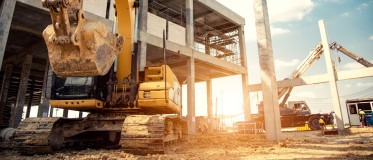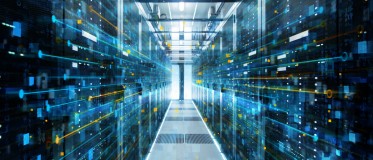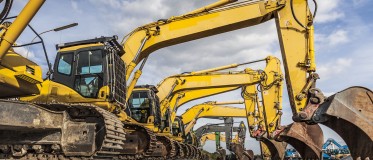
How rental businesses can leverage ERP, AI, telemetry, and the cloud
Needless to say, staying competitive in today’s fast-paced market is more important than ever before. You have to look at your systems and processes and understand business transactions from your internal users’ perspective as well as that of your customers. You must be “easy to do business with” and at the same time, choose systems, infrastructure and processes that provide the lowest cost and highest value for your equipment rental business.
How new technologies are influencing decision-making for rental companies
Many rental companies are rethinking their business systems – and the decisions they are facing have changed over the years. Ten years ago, the decision was whether to buy rental software specific to your core/vertical or to hire programmers to build you a custom solution. Today, the decision is whether to remain on-premise or to convert to a cloud rental software solution. Pricing for subscription cloud software has come down over the past ten years as well. Today, a subscription-based model may provide the lowest total cost of ownership for your business.
Along with making these decisions, many companies struggle with whether to get a “departmental/ vertical/ best of breed” rental solution that is built specifically for their business, or to buy a fully integrated enterprise resource planning (ERP) system that has built-in rental and service functionality. Years ago, rental software built on a true ERP platform, such as those from Microsoft, SAP, or Oracle, was non-existent. At that time, businesses had to buy a stand-alone rental application and then interface the two systems together. This caused frustration because costs were in the operations system and revenues in the accounting system. Many vendors have tried to bridge this two-system chasm but there are few true success stories.

Many “best of breed” solutions are still built on older technology. You will find solutions that are running old code with a graphical or web front end. This “lipstick on a pig” approach makes it difficult to leverage new technologies without having to rewrite everything back into the old code. The result is less flexibility with a higher cost of maintenance.
Leveraging the benefits of ERP & cloud rental software
ERP solutions with fully embedded rental functionality offer rental, fleet, and dealer management functions for all types of equipment-based businesses. Such systems offer the typical features you would expect of a well-rounded rental solution, including:
- Rental pricing
- Fleet & service management
- Graphical scheduling
In addition, ERP based systems allow you to tap into extended financial, cost, and customer service possibilities. Features you gain with an ERP solution include:
- Fully integrated finance management, including fixed assets
- Management of all supply chain processes
- Human resource management
ERP built systems deployed in the cloud are also scalable from a few users to thousands of users and across multiple time zones, languages, currencies and business units. These cloud rental software solutions open many doors to adjoining technologies as well. Some include:
- Artificial Intelligence (AI)
- Internet of Things (IoT)
- Telemetry
AI, telemetry & IoT for rental
The merging of telemetry with Artificial Intelligence (AI) is a large topic of conversation today. Formerly, telematics was useful in determining the location of equipment and the hours/miles on a machine. What more rental companies are asking for nowadays is the ability to take machine readings (water temperature, oil pressure, loading, etc.) and combining that with other relevant data. With many machines, you also want to know how many cycles or how much material is being lifted or moved. The more you know, the more data you can include in your analytics and thus, provide a more complete picture of your equipment operation. Results from oil analysis can also help determine the next service interval and when a piece of equipment is ready for overhaul/replacement. Technology like Microsoft’s Cloud IoT Server can take any data from any type of sensor and bring it back to your system for analysis and action. By leveraging these and other functions of today’s cloud rental software, properly configured with the needed equipment management functionality, you can reduce costs and increase returns for your business.
Whether you are debating converting to the cloud, unsure if you should utilize a subscription-based pricing model or trying to decide between an ERP based system versus “best of breed”, there are undoubtedly many variables to consider. What will set you apart is how well you understand the current technologies available to you, your ability to determine whether they make sense for your business, as well as your willingness to adapt when necessary. Rental companies that are able to do so are better equipped to select the right type of software for their business, resulting in improved customer service, optimized internal processes, increased ROI, and the ability to adapt quickly to ever-changing technology.
You might also be interested in:
Want to learn more?
Get in touch! We look forward to hearing from you.

Our partners
All partners






